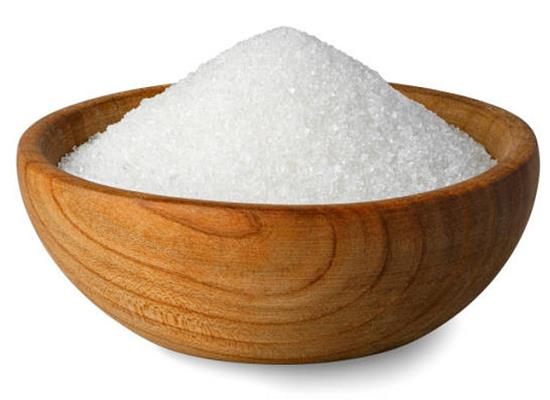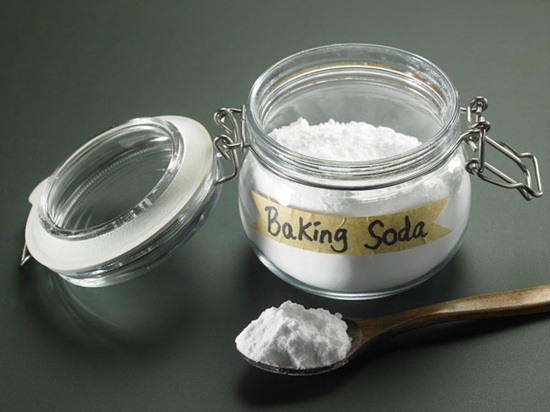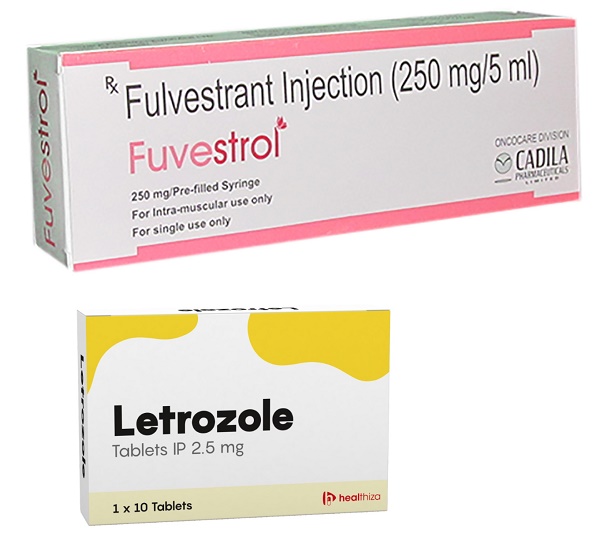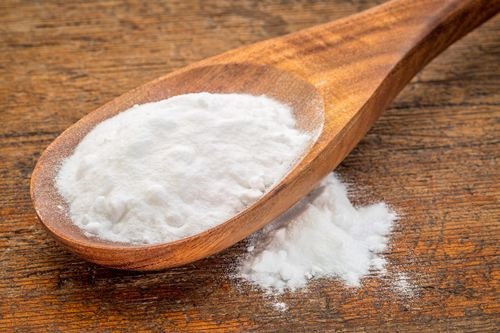Active Pharmaceutical Ingredients (API), popularly speaking, are the raw materials of medicines, only pharmaceutical raw materials are processed into pharmaceutical preparations , can they become medicines available for clinical use, so drugs we usually eat are the finished drugs through processing. Active Pharmaceutical Ingredients based on its sources can be divided into two major categories ,including chemical synthetic drugs and natural chemical drugs. Chemical synthetic drugs can be divided into organic synthetic drugs and inorganic synthetic drugs. Inorganic synthetic drugs are inorganic compounds ( very few is element), such as aluminum hydroxide, magnesium trisilicate which are used for the treatment of gastric and duodenal ulcers ; organic synthetic drugs are mainly composed of drugs made by basic organic chemical raw materials, through a series of organic chemical reactions (such as aspirin, chloramphenicol, caffeine, etc.). Natural chemical drugs ,based on its sources,can be divided into two categories including biochemical drugs and plant chemical drugs. Antibiotics are generally made by the microbial fermentation, which belongs to the biochemistry category. A variety of semi-synthetic antibiotics occurs in recent years,which are biosynthesis and chemical synthesis combining products.Among active Pharmaceutical Ingredients, the organic synthetic drugs varieties, yields and values have the largest proportion,which are the main pillars of the chemical and pharmaceutical industries. The quality of active Pharmaceutical Ingredients decides whether the formulation is good or bad , so its quality standards are very strict ,countries in the world have developed national pharmacopoeia standards and strict quality control methods for its widely used active Pharmaceutical ingredients.
10 Interesting Facts About Silver
Silver (Ag), atomic number 47, is a rare metal resource with dull-white color. In nature, most of the silver resources are associated with Lead-Zinc ores, except for a small portion in the form of sim
Mar 5,2024 APIWhat is the pH of hydrogen peroxide?
The pH of hydrogen peroxide is usually between 3 and 6, depending on concentration and temperature. It is usually about 4.5.
Mar 5,2024 APIThe Synthesis and Storage Methods of Oxandrolone
Oxandrolone is a synthetic anabolic steroid with unique properties and a wide range of medical applications.Storage conditions usually include cool, dry, etc
Mar 5,2024 APINifuroxazide: an effective therapy for acute diarrhea
Nifuroxazide is an effective therapy for acute diarrhea and is prescribed from the onset of diarrhea without waiting for stool culture results, which can be late or negative.
Mar 5,2024 APIThe Synthesis and Applications of Cannabidiol
Cannabidiol, is a naturally occurring compound derived from the Cannabis sativa plant.
Mar 5,2024 APINADP, Disodium Salt: Overview, Biotransformation and Clinical Applications
NADP disodium salt is a vital coenzyme facilitating energy production and redox reactions, which makes it valuable in biomedical research and clinical practice.
Mar 5,2024 APICan you take Mucinex with zyrtec?
Zyrtec is a second-generation antihistamine and typically provides 24-hour coverage for allergic symptoms such as a runny nose and postnasal drip.
Mar 4,2024 APIThe Manufacturing Process and Uses of Baking Soda
Baking soda is a white, water-soluble crystalline solid with an alkaline taste, this article will introduce its manufacturing process and uses.
Mar 4,2024 APIFulvestrant-Palbociclib vs Letrozole-Palbociclib
Fulvestrant is a selective estrogen receptor (ER)-downregulating antiestrogen that blocks ER transcriptional activity and is approved for ER-positive (+) breast cancer.
Mar 4,2024 APIIs baking soda an acid or base?
Baking soda, scientifically known as sodium bicarbonate (NaHCO3), is a household staple often found in kitchens and pantries worldwide.
Mar 4,2024 API












